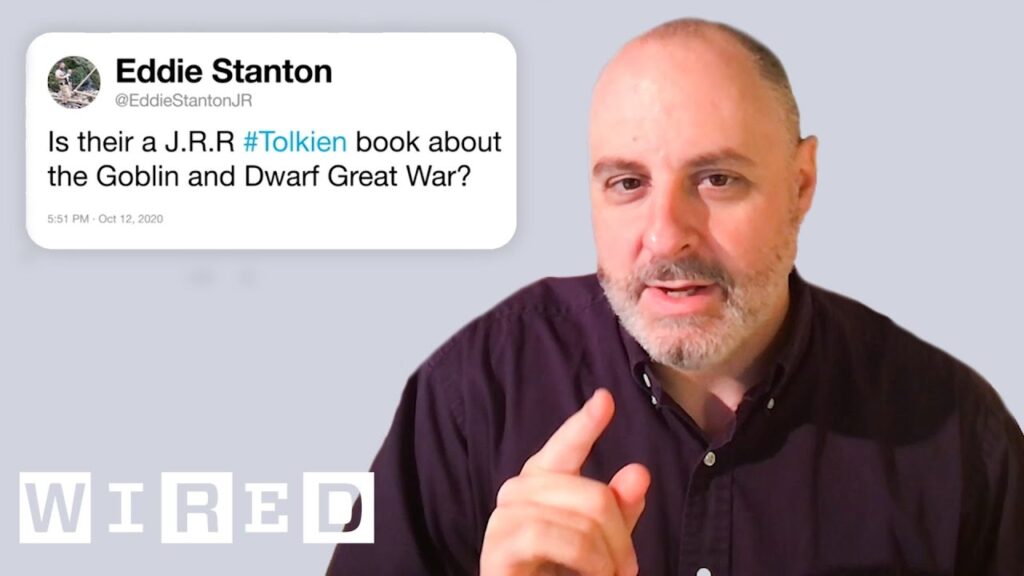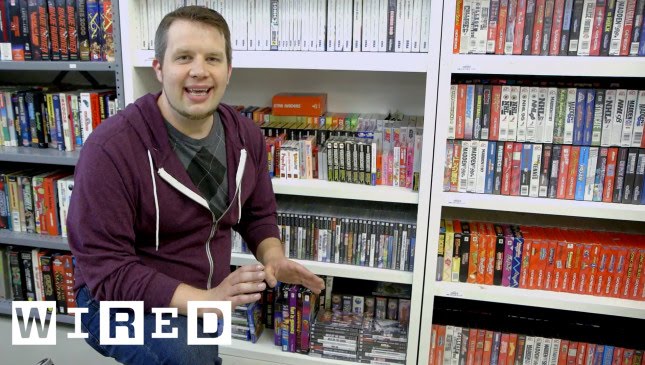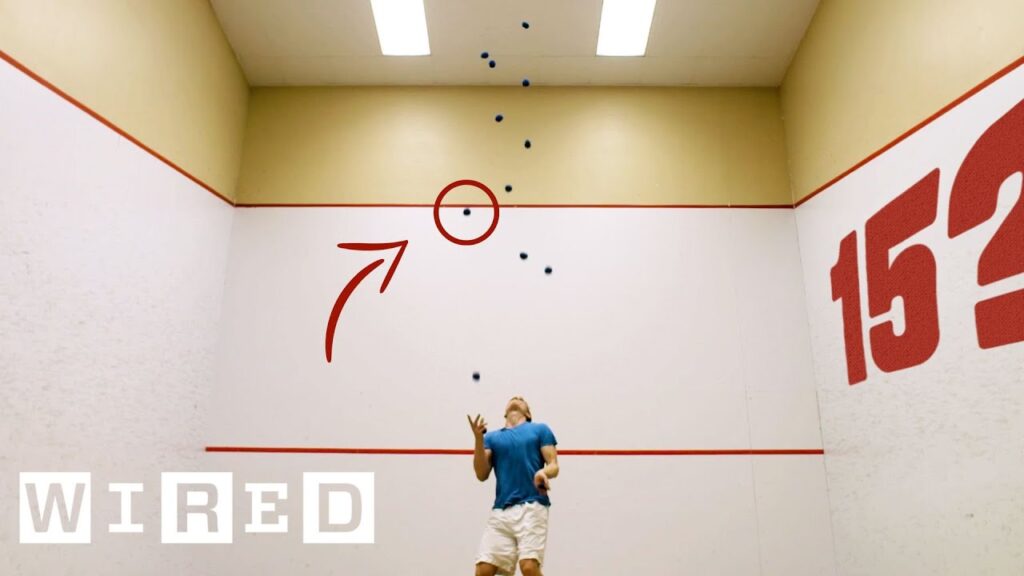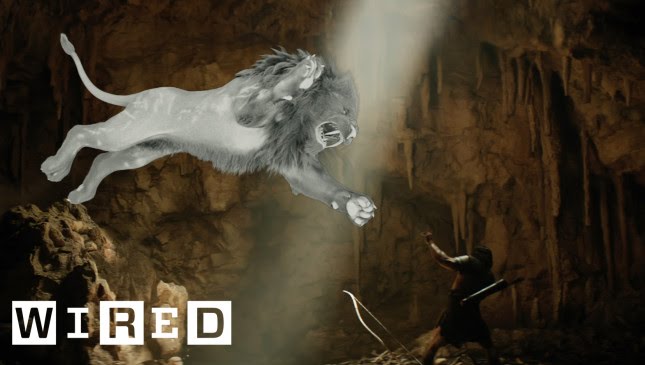Behind the Making of Godzilla: Modernizing the Classic Monster
Summary
In this article, we explore the technology behind the making of the latest Godzilla movie, directed by Gareth Edwards. We delve into the process of modernizing the classic monster while still being respectful to its past. We also discuss the decision to give Godzilla human traits and the importance of using as much real footage as possible to add to the realism of the movie.
Table of Contents
- Introduction
- How was Godzilla modernized for this movie?
- How was the decision made to give Godzilla human traits?
- What was the importance of using real footage in the movie?
- How was the size of Godzilla determined and how was it incorporated into the movie?
- Conclusion
Introduction
Godzilla, one of cinema’s greatest monsters, is a classic character that has been modernized for the latest movie by director Gareth Edwards. The character is larger than ever before, but the director holds back on displaying his full potential until the climax of the film. This article will discuss the technology behind the making of the movie and the process of bringing Godzilla to the modern day while still respecting the character’s origins.
How was Godzilla modernized for this movie?
To modernize Godzilla while still being respectful to the past, the director decided that the character’s look should be based on real animals. However, the character was animated by the Visual Effects Studio MPC with enough human traits to deliver a narrative and show emotions. This decision allowed Godzilla to be one of the most impressive movie monsters in history while still conveying a sense of humanity.
How was the decision made to give Godzilla human traits?
The director, Gareth Edwards, realized that it was important for Godzilla to express emotions and act in a way that would be more than physically overpowering. By incorporating human traits into the monster, the character was able to convey a sense of agency and intentionality in line with the narrative of the film.
What was the importance of using real footage in the movie?
To add to the realism of the movie, the director wanted to use as much real footage as possible. For example, the iconic halo jump into San Francisco used real footage of troops captured by a real parachute team. The team also used real footage of San Francisco as much as possible to give the movie a sense of scale and realism.
How was the size of Godzilla determined and how was it incorporated into the movie?
The size of Godzilla was determined not only by the director’s vision but also by the physical limitations of the character. The team worked out that at the character’s size, if he swung his tail, it would reach supersonic speeds. To incorporate this into the movie, the director used realistic camera angles to show the character’s full potential.
Conclusion
The latest Godzilla movie is a testament to the advancements in technology that have allowed the character to be modernized while still being respectful to its classic origins. By using real footage and incorporating human traits into the character, the director was able to create a narrative that was both entertaining and emotionally impactful. The movie also showcased the importance of using practical effects and realistic camera angles to add to the realism of the movie.







